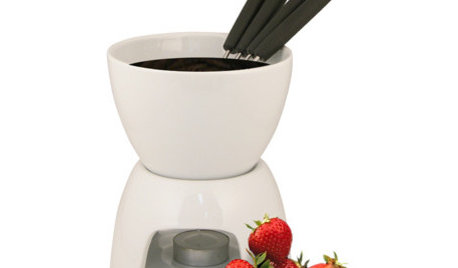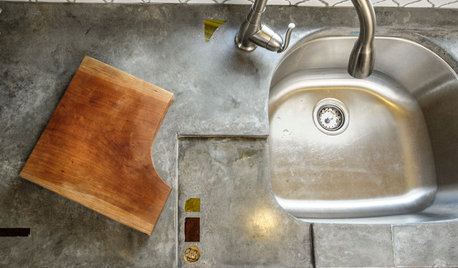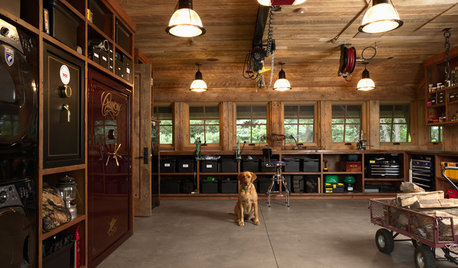winter storage of castings
ughman
9 years ago
Related Stories

Guest Picks: Winter (Yes, Winter) Warmers
For folks in the Southern Hemisphere, July is right in the heart of winter. Warm up with 20 ways to make your home as cozy as can be
Full Story
KITCHEN COUNTERTOPSCast Concrete Countertops With a Personal Twist
From frame making to pouring to inlays, learn how concrete counters are cast — and how an artisan embellishes them
Full Story
DECORATING GUIDESTake the Chill Off With Cozy Winter Textures
Stay warm this fall and winter with your favorite applications of velvet, wool and knits and plenty of woodsy accents
Full Story
FALL AND THANKSGIVINGSimple Pleasures: A Cozy Home in Cold Weather
Stock up on these treats and essentials to make even blustery days and snowed-in time feel special
Full Story
PATIOSLandscape Paving 101: Cast-in-Place Concrete
A construction standard, cast-in-place concrete can be used for a wide variety of project types
Full Story
SHOP HOUZZShop Houzz: Winning Winter Storage
Help your home stay neat and sans muck with dedicated organizers for all your winter stuff
Full Story0

REMODELING GUIDESOriginal Home Details: What to Keep, What to Cast Off
Renovate an older home without regrets with this insight on the details worth preserving
Full Story
STORAGE8 Ways to Keep Winter Gear From Mucking Up an Entryway
Don't let wet coats and boots dampen your entryway or mudroom's spirit. These storage and other tips can keep everything looking bright
Full Story
GARAGES8 Tips for a Supremely Organized Winter Garage
Snow and mud make a disorganized garage even worse. These ideas for storage and planning will keep your space clean and dry
Full Story
SHOP HOUZZShop Houzz: 5 Ways to Stay Cozy Through the Long Winter
Winter blues? Not with fluffy, snuggly picks and bright candles like these
Full Story0
More Discussions






mendopete
FrancoiseFromAix
Related Professionals
Allentown Landscape Architects & Landscape Designers · Foothill Ranch Landscape Architects & Landscape Designers · Mountain Brook Landscape Architects & Landscape Designers · Palm Springs Landscape Architects & Landscape Designers · Parole Landscape Architects & Landscape Designers · Manchester Landscape Contractors · Peabody Landscape Contractors · Ferguson Landscape Contractors · Agoura Hills Stone, Pavers & Concrete · Geneva General Contractors · Middletown General Contractors · Murrysville General Contractors · River Forest General Contractors · Rolling Hills Estates General Contractors · Vermillion General ContractorsFrancoiseFromAix
nexev - Zone 8b
barbararose21101
barbararose21101
FrancoiseFromAix
barbararose21101
hummersteve
equinoxequinox
FrancoiseFromAix
FrancoiseFromAix
hummersteve
barbararose21101
equinoxequinox
barbararose21101
equinoxequinox
barbararose21101
barbararose21101
nexev - Zone 8b
barbararose21101
mendopete
barbararose21101
equinoxequinox
hummersteve
nexev - Zone 8b
equinoxequinox
equinoxequinox
harry757
hummersteve
barbararose21101